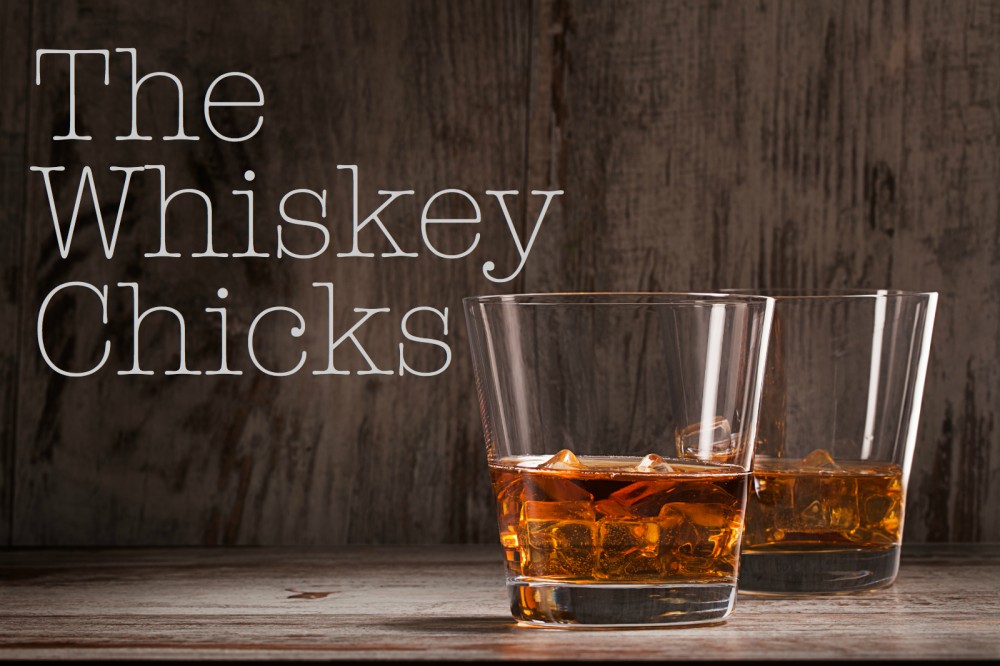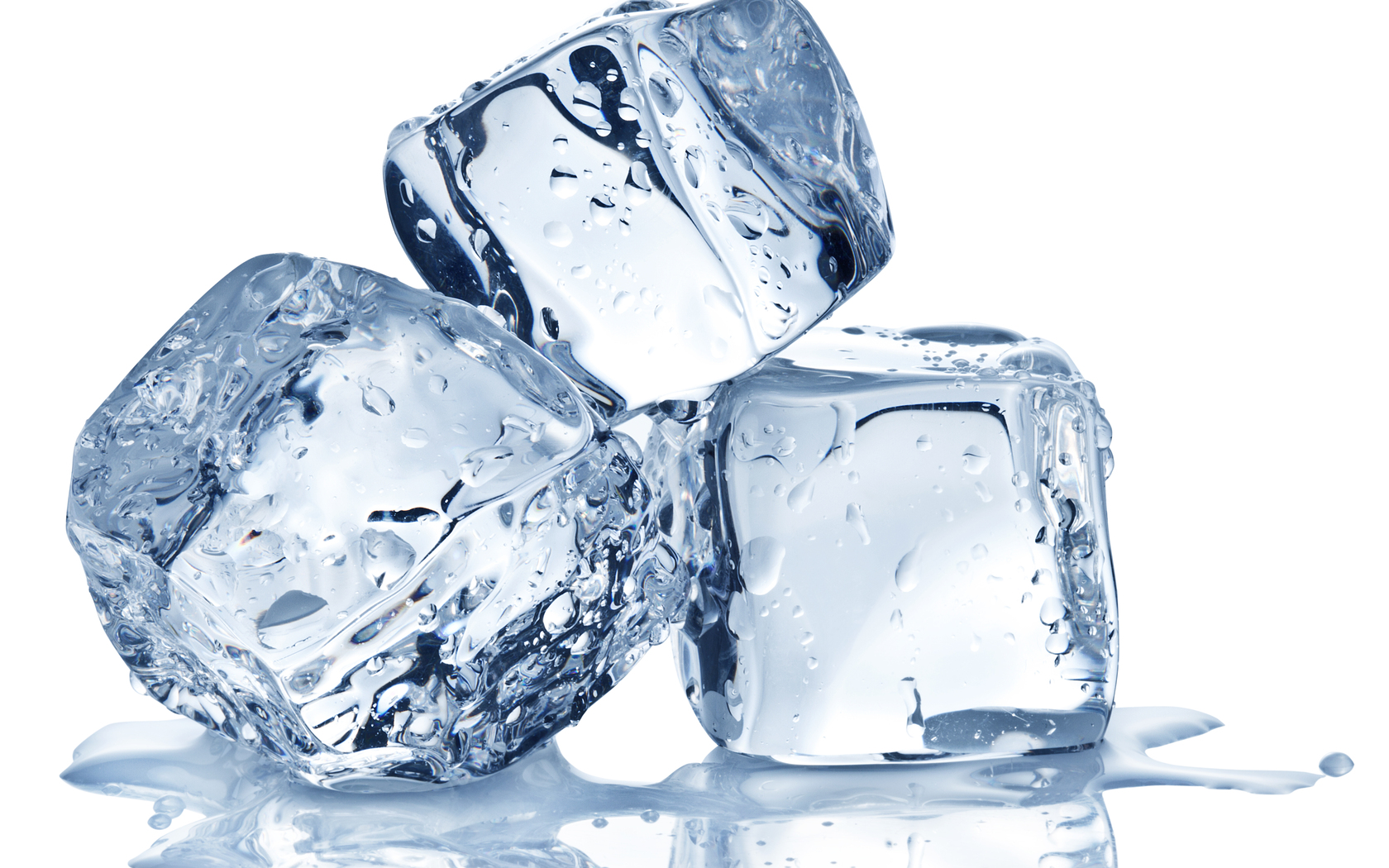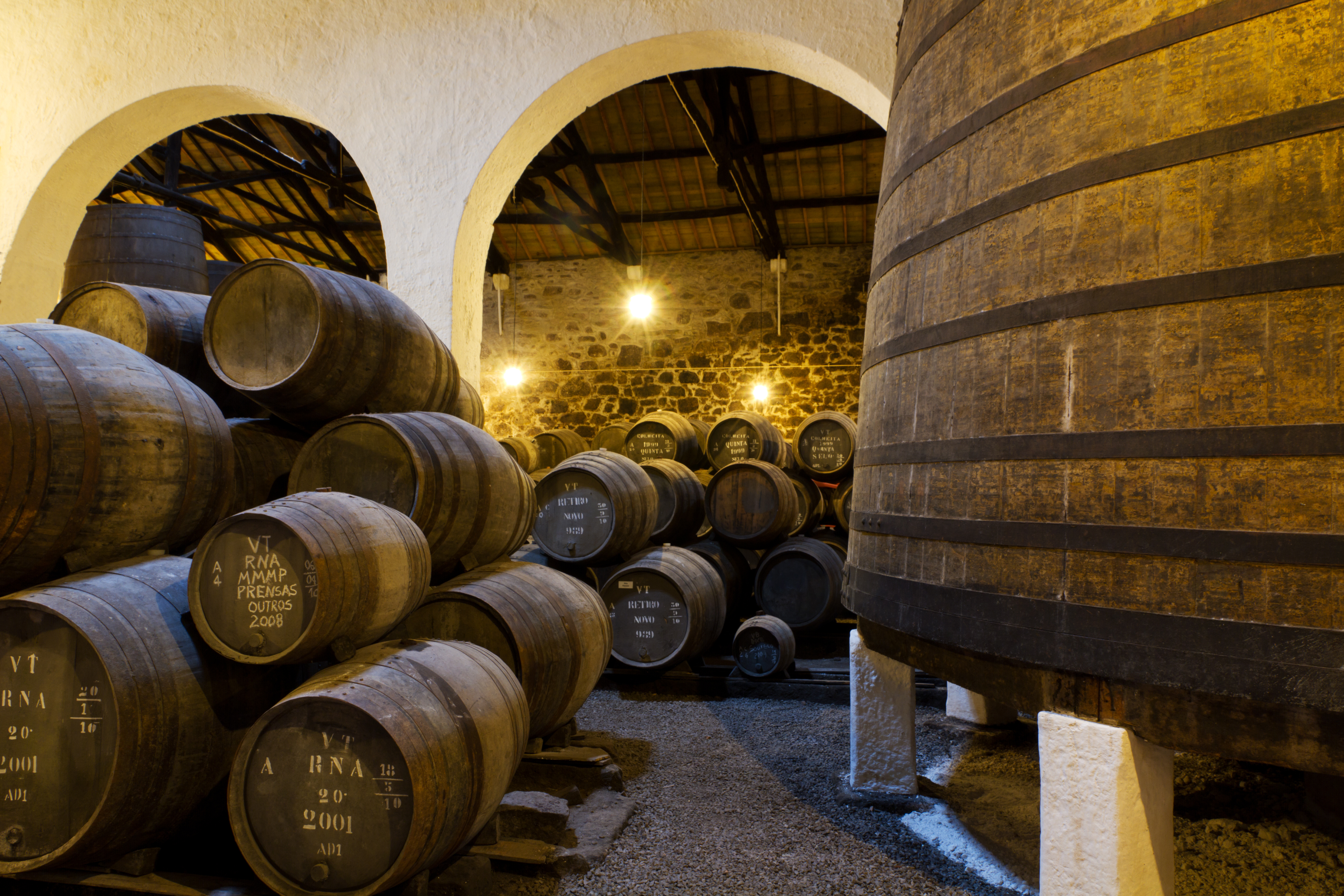CHILL FILTERED WHISKY
Chill filtering is a process of removing residue, such as fatty acids, esters and proteins, from whisky prior to bottling. Purely cosmetic, chill filtering clarifies the whisky, preventing it from becoming hazy or cloudy when ice or water is added and also preventing the formation of sedimentation in the bottle.
In order to do this, the whisky is cooled (to around 0°C for single malts and colder for blends) and passed through a series of filters. This allows producers to dilute the whiskey to a lower proof and have it remain clear both on the shelf and in the glass.
NON-CHILL FILTERED WHISKY
The substances that are removed during the chill filtration process are also components that contribute to the flavour, aroma and texture of a whisky. Removing them may improve clarity, but many connoisseurs feel this alters the taste and other characteristics.
Some feel strongly about “preserving the integrity of the whisky” and the traditional craft, preferring a non-chill filtered whisky. The number of distilleries offering non-chill filtered products is growing to satisfy this demand, while some distilleries, such as Bruichladdich, do not filter any of their products.
So…To Chill or Not To Chill?
This has been a hot topic in the whisky industry lately. Those against chill filtration are convinced that the bouquet of the whisky is altered during the filtration process, resulting in a less than superior product. Those in favour of it maintain that the taste and texture of the whisky remain intact and that filtration simply provides a clear, well-balanced dram.
As always, we feel that the best way to determine your preference is to taste and compare both types of whisky on your own.
Here are some a few non-chill filtered selections, at different price points, to get you started:
Ardbeg 10yr unfilltered
Tasting notes: sweet vanilla counter balanced by lemon and lime
Finish: long and glorious with sea salt caramel and beach bonfire smoke
Aberlour’s A’bunadh
Tasting notes: orange, black cherries, dried fruit and ginger
Finish: robust and intense with bitter sweet notes of spices
Macallan Unfiltered Cask Strength (MC)
Tasting Notes: orange and light, spicy wood resins (clove & ginger) with smoky oak
Finish: intriguing and complex; layers of citrus fruits and a hint of vanilla sweetness



